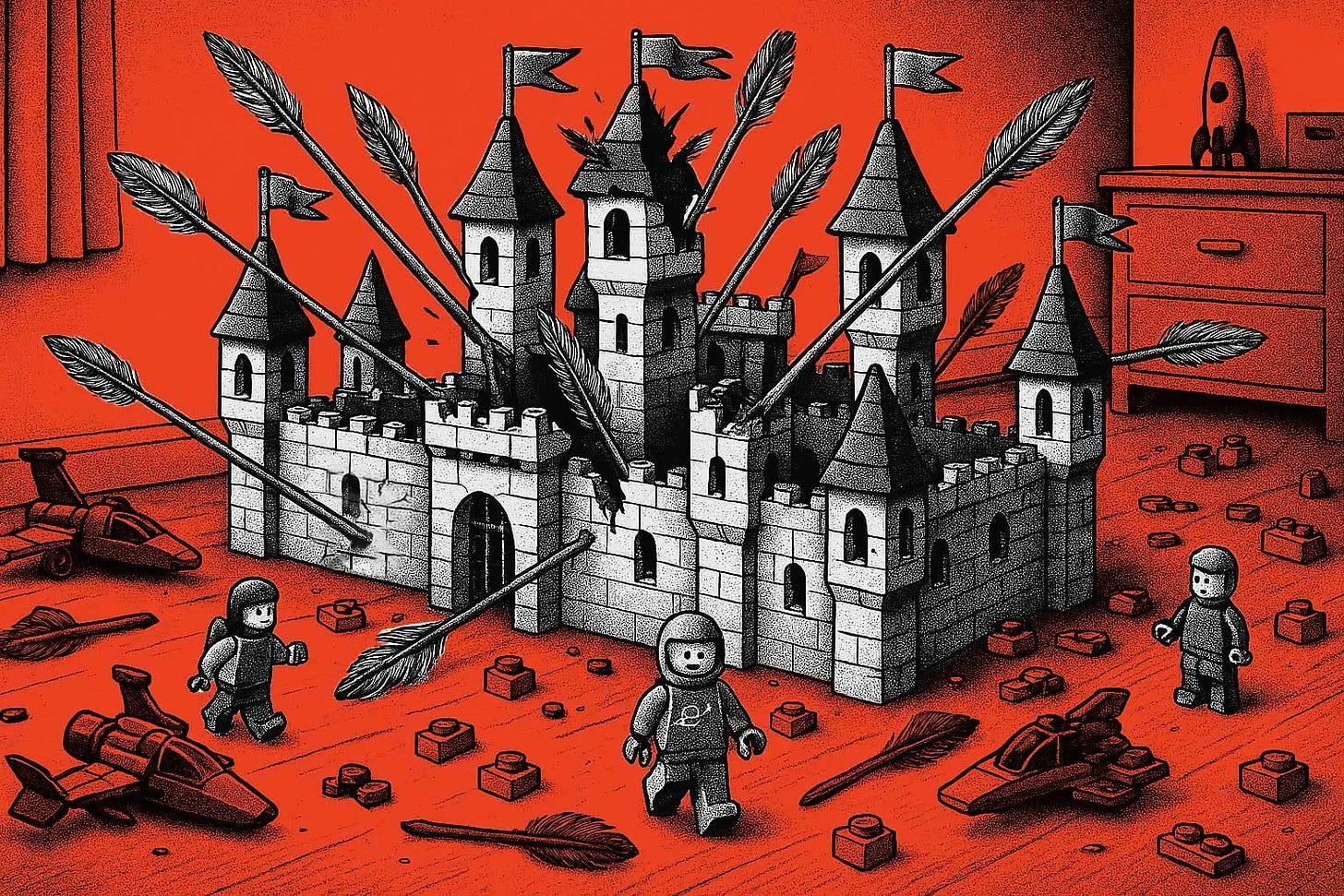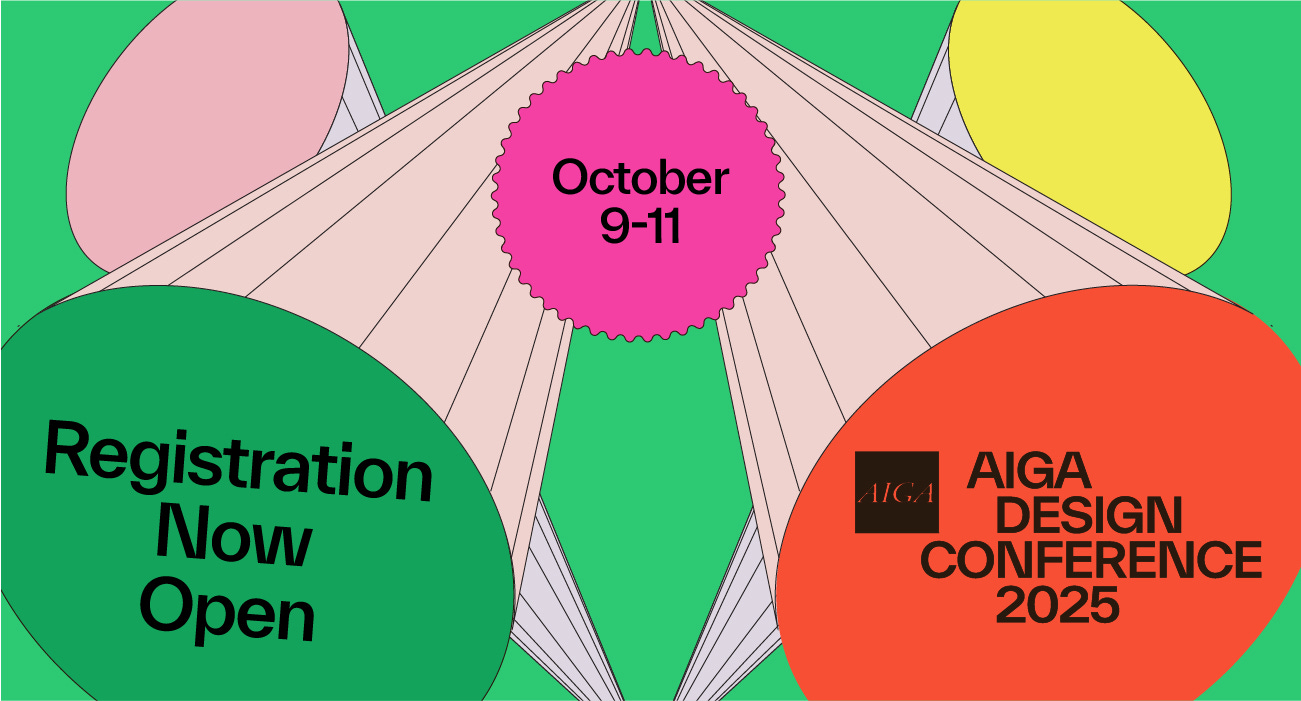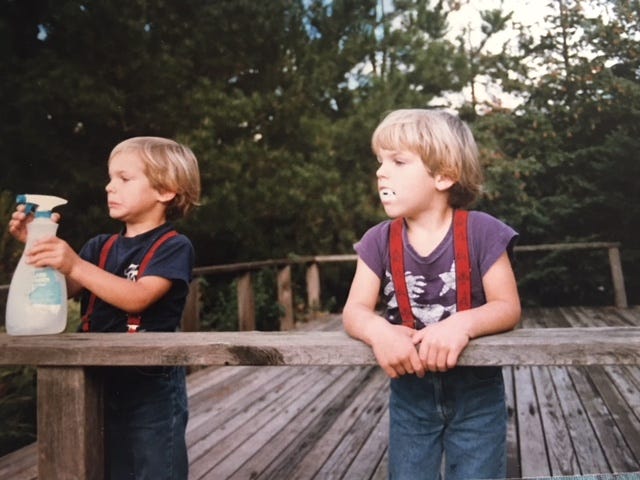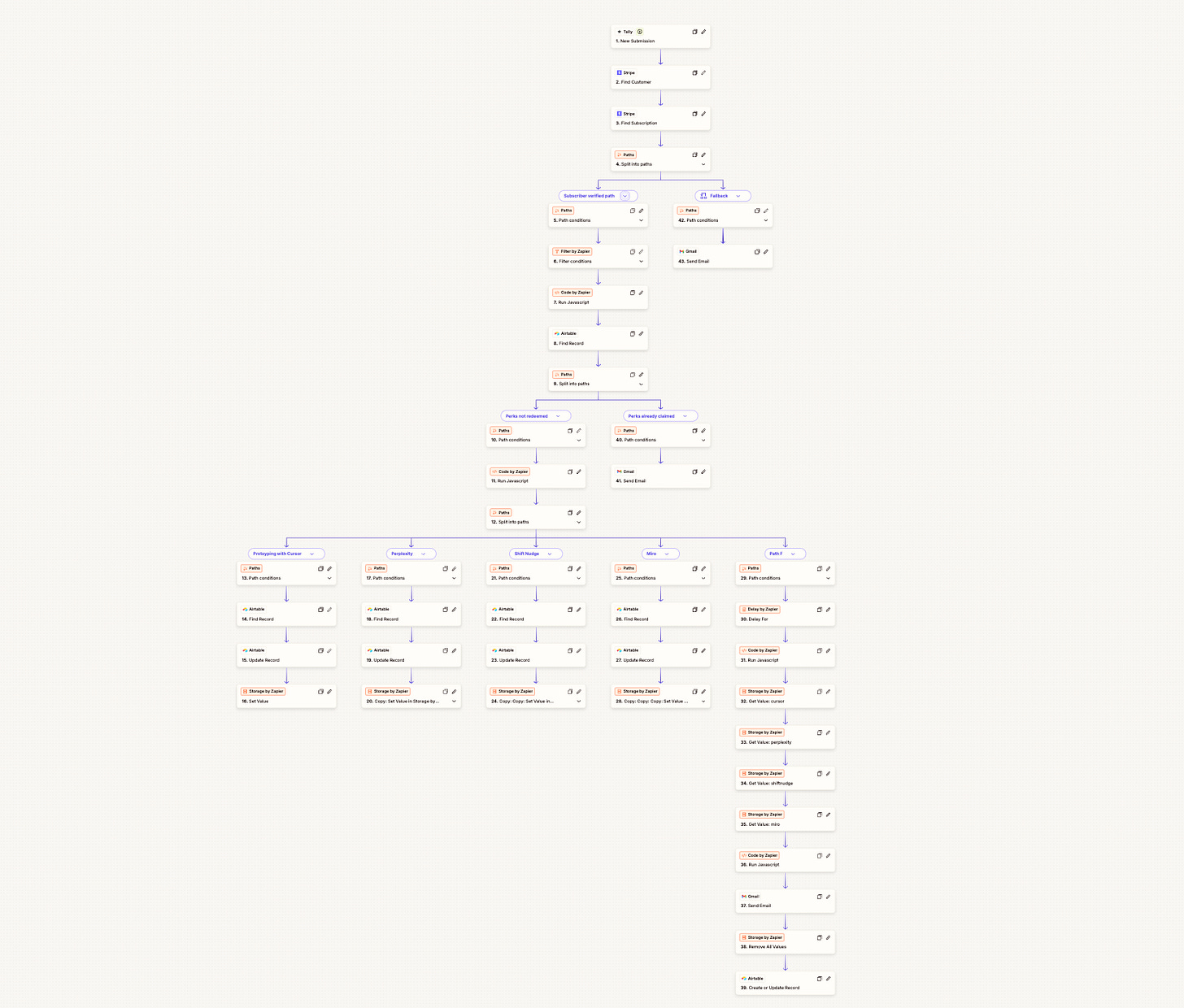The Brief: Vibe coding back when it was cool 🤓
The monthly dispatch from Design Better
In this issue of The Brief:
Vibe coding back when it was cool
Job opportunities
Things to watch, read, and explore
The 2025 AIGA Design Conference is happening in Los Angeles from October 9th to 11th, and it's not just any conference—it's the 40th anniversary! This is the place to be for three days of inspiration, connection, and professional growth. As a Design Better subscriber, you get an exclusive 15% discount on your ticket.
Use the code DESIGNBETTER15 when you register.
Vibe coding back when it was cool
by Eli Woolery
I grew up with three younger brothers, and we loved building things. Living in the countryside during the relatively unsupervised 1980s, these things included poorly constructed tree forts built in the local valley oaks, “ninja stars” made from electrical tape and 12d nails, and bows with arrows fletched with blue jay or flicker feathers we found around our property.
We also built less hazardous things, like the generic “space” and “castle” LEGO sets that pre-dated the branded kits that I now build with my son (and daughter when she was younger). And we were early users of personal computers, from the TRS-80 with a tape drive that would take 5 minutes to load a simple BASIC program, to the Commodore 64 that we often had to “hack” via the command line interface to get a game to work—and often the hacking ended up being more fun than the game itself.
As we entered adulthood, our careers continued to follow our love of building. I started my career in physical product design, and my younger two brothers became software developers.
When my career pivoted into digital product design, I would often lean on my brothers for help when building side projects or apps. They were generous with their time, but both have families and careers of their own so it was an inherently limited resource.
But around two years ago that began to change.
Vibe coding before it was a thing
I definitely wasn’t one of the earliest adopters of vibe coding, though I hope to tell my grandchildren, in a curmudgeonly way, that I vibe-coded before the term was coined early in 2025, when it was still cool.
It started in 2023 with little apps…I wanted to make a calendar plugin that would track my hours on a consulting project via Google Calendar. And it still started with my brothers, usually with a DM on our family Slack:
“Hey Hart, if I wanted to make this calendar tracking app, what platform should I use?”
“Try Google Apps Scripts.”
And with a little help from ChatGPT, and a few round of debugging, I built the tracker: a Google Apps Script, plus some basic CSS for styling.
And I continued from there, sometimes work related (Design Better Radio), sometimes trivial side projects like a Rick Rubin “synthesizer.”
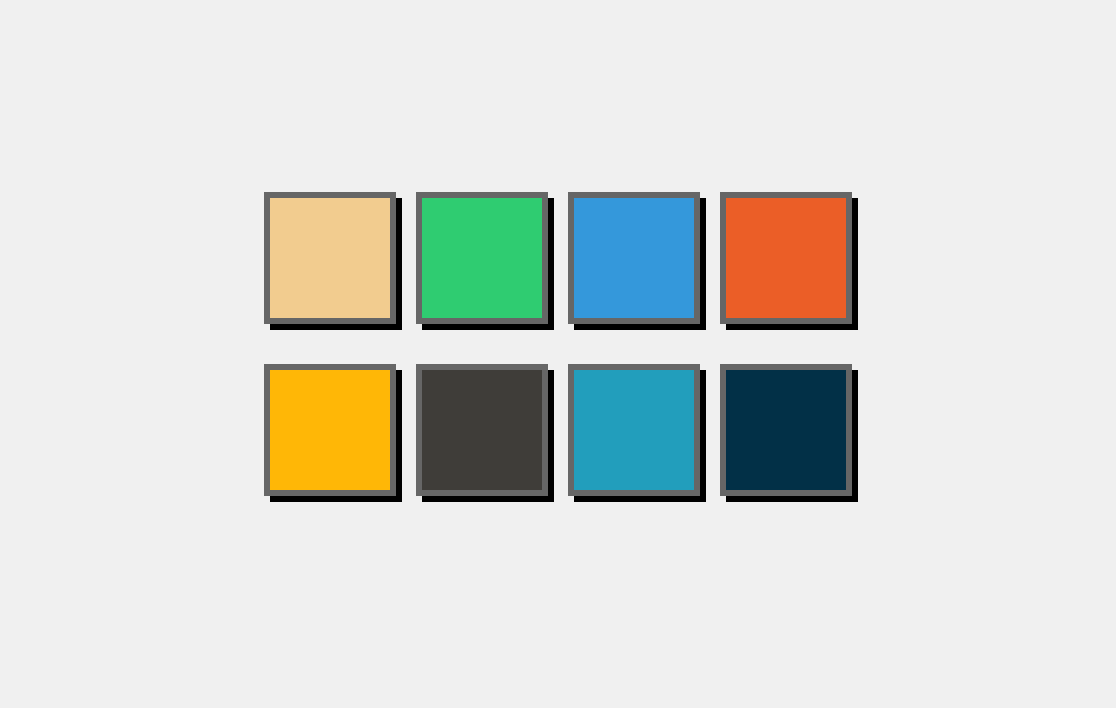
I had dabbled in code over the years, but tools like ChatGPT and Claude helped me build my creative confidence, to the point where I rarely bugged my brothers with a technical question unless I was really stumped.
Tools to help the design community
More recently, both Aarron and I have been vibe coding apps to help our community, and create more value for our members. Aarron wrote about building the Design Better Directory, a job and talent board, in an earlier issue of The Brief.
Given all the tools that Aarron and I use to help us produce content and grow our business, we thought it would be helpful to partner with some of the companies that build the tools, to give discounted access to our members so they can use them to work on their own apps and other projects.
We began to build the bundle, featuring discounts on tools and platforms like Airtable, Perplexity, Miro, and Read AI. We decided to call it the Design Better Toolkit. And now we had another challenge ahead of us.
We wanted the Toolkit to be a special perk for our Premium members at the annual level. Most of the platforms would provide unique discount codes. We needed a way to confirm that someone’s email was associated with an annual account, let them select the perks they wanted to use, and send them an email with the unique codes and instructions for redeeming them.
A few years ago, I would have knocked on one of my brother’s (virtual) doors and seen if they were up for some consulting work, or we would have hired a contractor.
But now, I could get started by having a conversation with ChatGPT:
Hi there, we’re building a Toolkit bundle for Design Better with discounts on Airtable, Perplexity, Miro, and Read AI. We’d like to confirm that the user’s email is associated with an annual account, let them select the perks they want to use, and send them an email with the unique codes and instructions for redeeming them.
ChatGPT recommended the following workflow:
Collect Toolkit requests via a form created in Tally.so
Using Zapier, check the request in an imported table in Airtable that contains current annual subscribers. The same Airtable base contains separate tables with unique discount codes for each perk.
If the user is a verified annual subscriber, and hasn’t already claimed their perks, proceed to pull the next available unique discount code.
Send the user an email with their discount code and instructions for redemption.
You can see a partial version of this workflow in Zapier below.
After working to get all the apps set up and connected in Zapier, and some fiddling (largely solved by sending screenshots of Zapier to ChatGPT when I got stuck), I got the system working.
But it wasn’t very efficient. First, it relied on an imported subscriber list, which we’d have to manually update—frequently—as there was no way to connect directly to Substack via an API. Second, it sent a separate email out for each perk with a unique discount code. There had to be a better way.
So, continuing the conversation with ChatGPT, it suggested “looping” in Zapier, along with Zapier Storage, to prevent having to send multiple emails. It also suggest connecting with Stripe’s API to verify annual subscribers.
If only it were that simple. After a little wrangling, I got the Stripe verification working. But the looping and storage in Zapier didn’t play nicely together, and I kept getting stuck in recursive errors, where one element would get fixed and another would break.
And then, ChatGPT lost the conversation.
Aargh! I decided to try Claude instead, and at first I ran into many of the same issues I’d been having with ChatGPT. But eventually, I began to get closer to a solution. Together, Claude and I (well, mostly Claude) created a workflow in Zapier that included:
Stripe subscriber verification
Javascript to collect and store the perks that had been selected in the Tally form,
Paths to pull the unique codes from the Airtable base,
Javascript that collects the codes and formats them in a nice little HTML package to send via email.
A system that logs the redeemed perks in the Airtable base.
You can see all the nodes in the Zapier workflow below.
It ended up being a bunch of late nights, and often felt like I was banging my head against a brick wall. But at the end there was also the satisfaction that comes with building something that works (at least for now).
Go build something wonderful
Now it’s your turn. The best part isn't always the final product—it's the reward of building something yourself. Whether you have a fun side project idea, or you’d like to try some of these methods to prototype something for work, or there’s something you’d like to build to help your own business or community, we want to give you the tools to get started.
With the Toolkit, you’ll get access to:
Perplexity Pro (6 months free)
Read AI Pro (1 year free)
$500 Airtable credit
Miro Starter or Business plan free
Discounts on Prototyping with Cursor + Shift Nudge courses
Job Opportunities
Disney: Lead product designer in Glendale, San Francisco, or New York
Babs AI: Lead product designer in San Francisco
View all job listings —>
Things to read, watch, and explore
Read: Learning to see: Inside the world’s leading art and design schools
Listen: Retrowave Outrun, a dark, 80’s inspired electronic Spotify playlist that will give you strong Stranger Things vibes.
Read: Scary Smart: The Future of Artificial Intelligence and How You Can Save Our World (The smartest take on the future of AI we’ve seen yet!)




